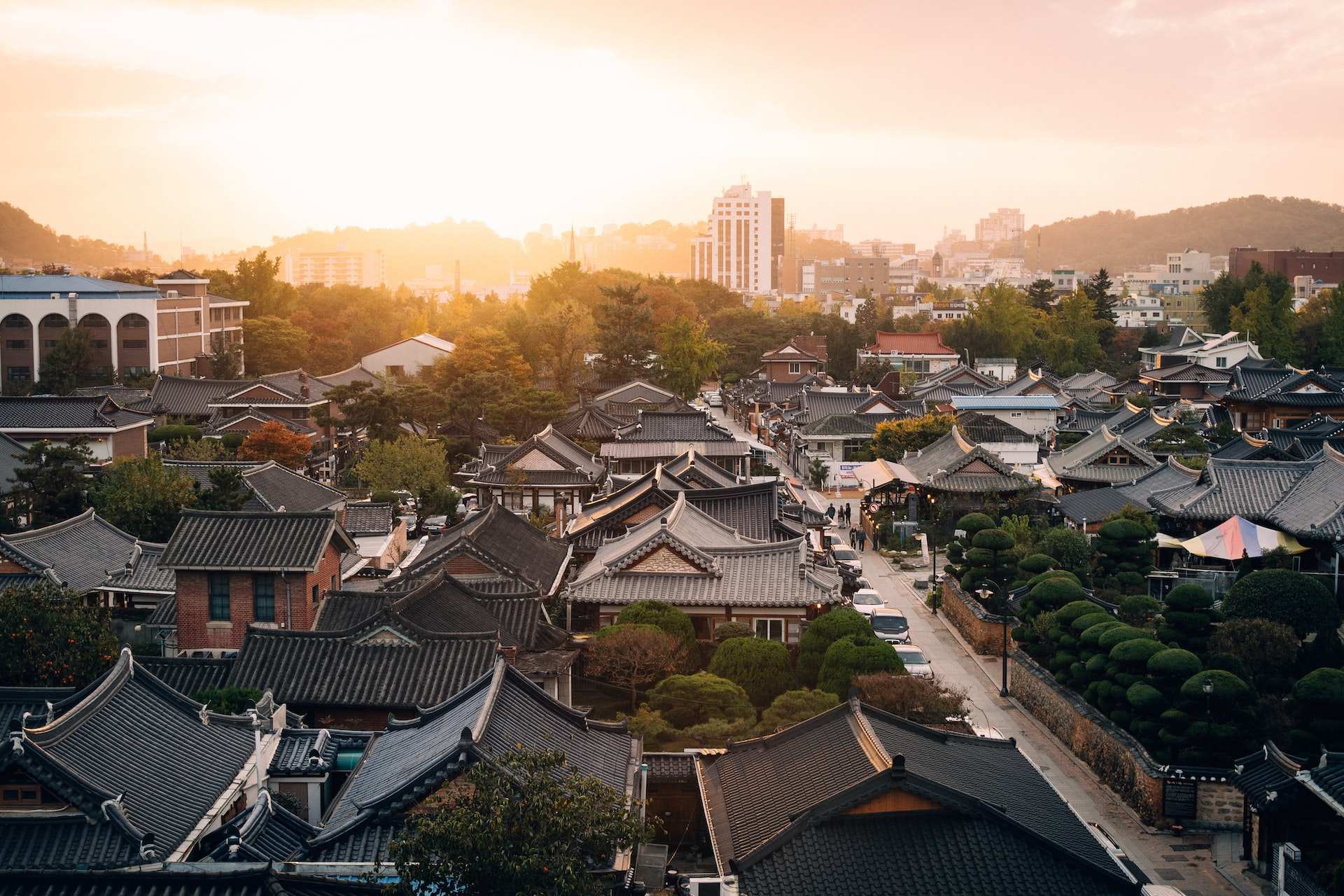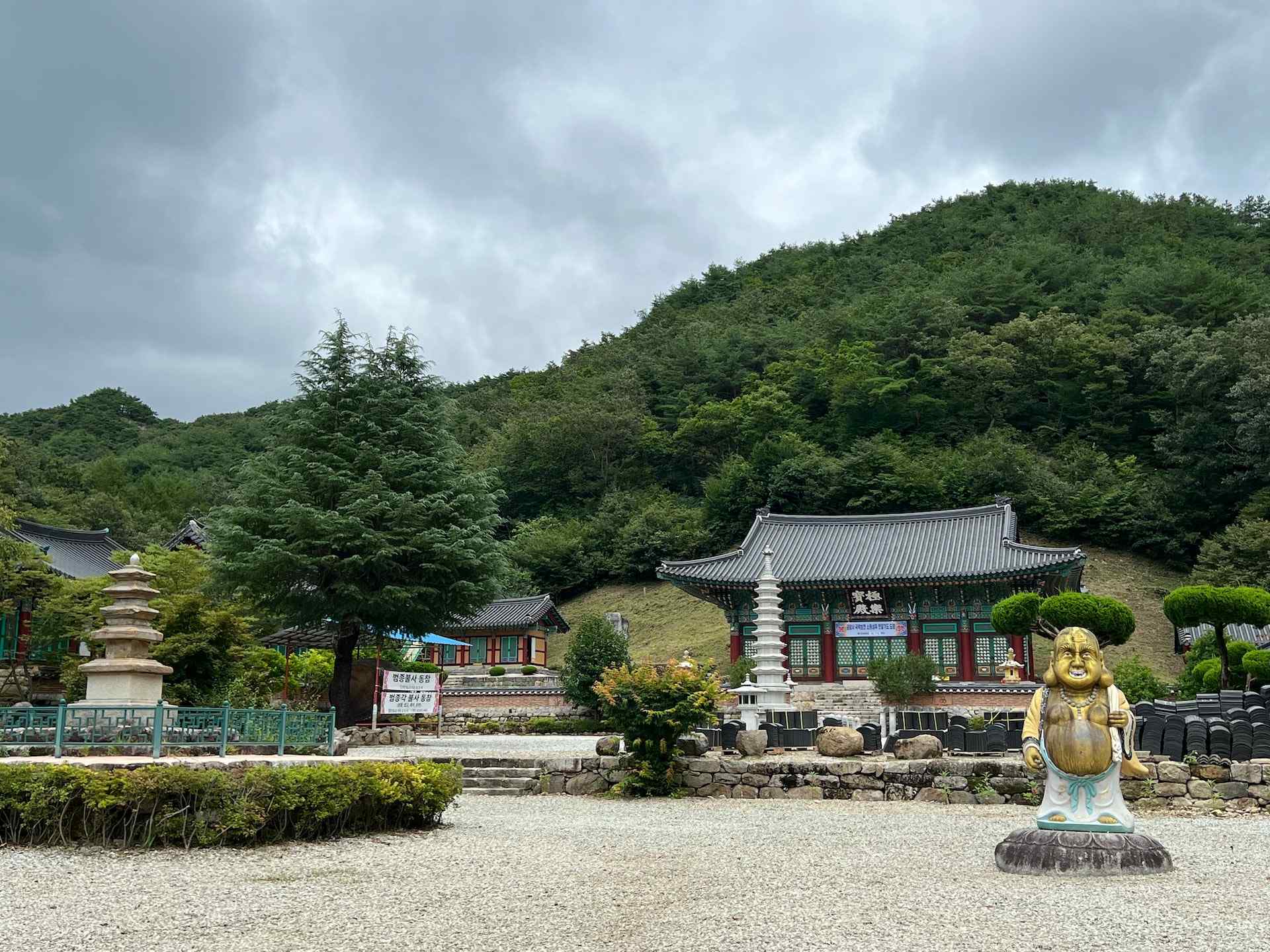Jerusalem‘s Most Popular Neighborhood, the Old City, is a truly unique and captivating place, steeped in history and culture and brimming with religious and architectural significance, where every corner you turn reveals yet another stunning vista or fascinating site, and where the hustle and bustle of daily life is infused with the energy and spirituality of one of the world’s most important and revered cities.
Getting to the Old City
A visit to the Old City is a must for any tourist visiting Jerusalem, and there are several ways to get there depending on your preferences and budget. If you’re staying in the city center, you can easily walk to the Old City, as it’s located just a few minutes away from major tourist spots like Jaffa Street and Zion Square. Alternatively, you can take the light rail, which has a stop at the Jaffa Gate, one of the main entrances to the Old City. Taxis and buses are also readily available, and there are several parking lots outside the Old City walls for those who prefer to drive.
Exploring the Old City
The Old City is divided into four quarters: the Jewish Quarter, the Christian Quarter, the Muslim Quarter, and the Armenian Quarter. Each quarter has its own unique character and history, and offers a different perspective on Jerusalem’s rich heritage.
The Jewish Quarter
The Jewish Quarter is the most ancient part of the Old City, and is home to many important Jewish sites, including the Western Wall, the Hurva Synagogue, and the Cardo, a restored ancient Roman street. This quarter is also home to the Jewish Quarter Excavations, which offer a glimpse into the history of the area and its people.
The Christian Quarter
The Christian Quarter is home to many of the most important Christian sites in Jerusalem, including the Church of the Holy Sepulchre, the site of Jesus’ crucifixion and resurrection, and the Via Dolorosa, the traditional route that Jesus walked on the way to his crucifixion. This quarter is also home to the Christian Quarter Market, where you can find a wide variety of souvenirs and gifts.
The Muslim Quarter
The Muslim Quarter is the largest and most densely populated of the Old City’s quarters, and is home to many important Muslim sites, including the Dome of the Rock and the Al-Aqsa Mosque, the third holiest site in Islam. This quarter is also home to the Suq Khan al-Zeit, a bustling market where you can find everything from spices and textiles to jewelry and pottery.
The Armenian Quarter
The Armenian Quarter is the smallest of the Old City’s quarters, but is home to many important Armenian sites, including the Armenian Patriarchate and the Armenian Museum. This quarter is also home to the Armenian Pottery Workshop, where you can watch artisans at work and purchase their beautiful hand-made pottery.
Eating and Shopping
The Old City is also a great place to eat and shop. The Old City offers a wide variety of restaurants, cafes, and street food vendors, where you can enjoy everything from falafel and shwarma to hummus and knafeh. The Old City’s markets are also a great place to shop for souvenirs and gifts, such as ceramics, textiles, and jewelry.
Conclusion
A visit to Jerusalem’s Most Popular Neighborhood, the Old City, is an unforgettable experience, ajourney through time and culture that immerses you in the history and spirituality of one of the world’s most important and revered cities. Whether you’re a history buff, a religious pilgrim, or simply a curious traveler, the Old City offers something for everyone, from ancient ruins and sacred sites, to bustling markets and delicious street food. So if you’re planning a trip to Jerusalem, be sure to make the Old City a top priority on your itinerary, and allow yourself plenty of time to explore and discover all that this fascinating and unique neighborhood has to offer.



